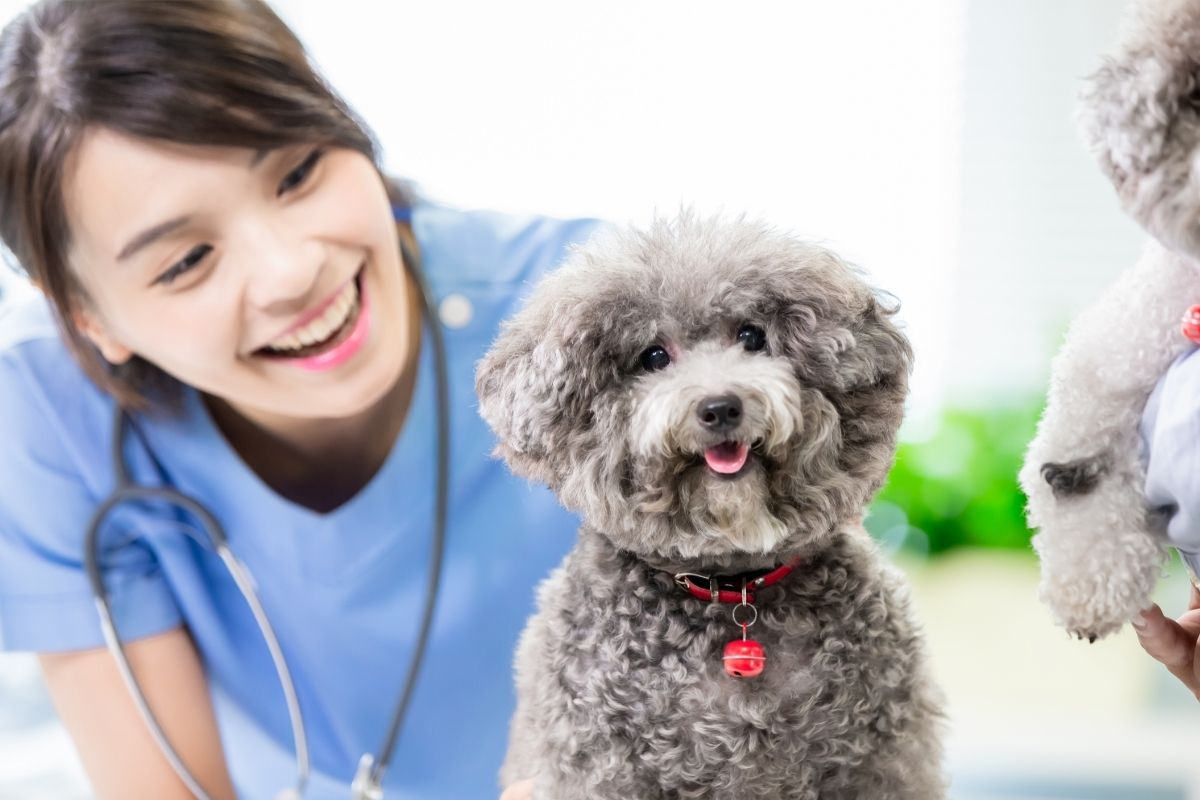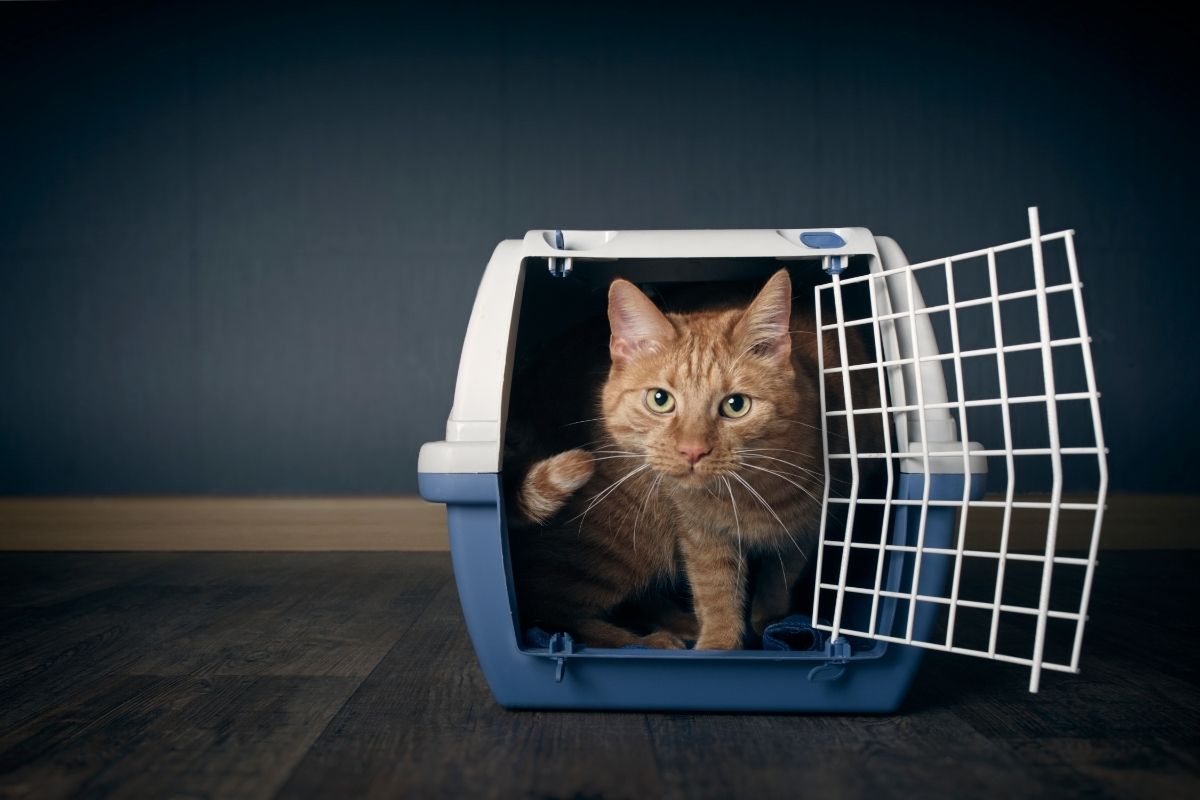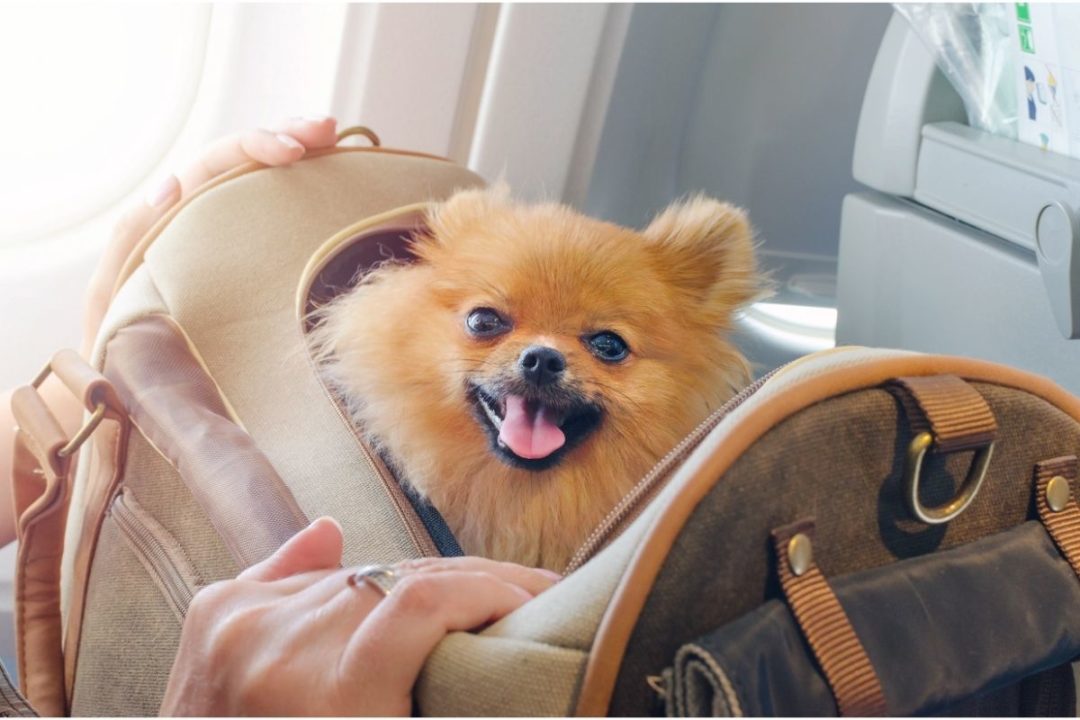Contribution From Richard Griffiths
While there are many Pet Travel Agencies in Hong Kong, they might be quite pricey, especially at that particular moment since many are leaving the city and would like to bring their furry friends with them. Typically, an agency will charge between HK$8,000 and HK$10,000 for a list of services that includes an “IATA Travel Crate”, transporting the pet to the airport, and assistance with check-in. However, you will still have to pay the vet fees, the airline to check your pet in, and you will still have to compile most of the paperwork yourself. If you want to get it done by yourself, and some potential money, here is a step-by-step guide.
Step 1: Preparation With Your Regular Vet

- Your pet must have an ISO microchip.
- Annual vaccinations must be up to date.
- Rabies vaccination must be done at least a month before travel.
- Vaccination Record details must be correct (breed, colour etc.).
Step 2: Special Destination Documentation Requirements
- Health Certificate: Most countries require an Animal Health Certificate completed by a vet and endorsed by the Hong Kong government. This is done about a week before you travel. See Steps 5 and 6.
- Import Permit: Some countries require an Import Permit. Google to find the website of your destination country and communicate directly with them for the application process. For example, we took our cat to Thailand that requires an Import Permit, and we applied for this by email using a form, pet photo, vaccine record, owner’s passport, and flight itinerary. The permit was free and valid for 60 days.
- Rabies Titre Test Certificate: Hong Kong is not a high-risk country for rabies, so you may not need a rabies antibody (titre) test certificate. But check your destination requirements (Australia and Taiwan are very strict). To do the titre test in Hong Kong, it can cost HK$5,000 and takes 2-3 months because they send the blood sample to an approved lab in the UK. It should be done months before travel depending on the destination. But it’s almost certainly not needed for many journeys departing Hong Kong to most of Asia or Europe or further.
Step 3: Visit Victory Avenue in Mongkok
- Buy plastic pet crate for about HK$250. There’s no such thing as an “approved” IATA Travel Crate. Just plastic crates that meet the airline requirements. Some malicious agents can charge ten times the price for a crate compared to Victory Avenue pet shops.

Step 4: Reservation with Airline
- Check for animal quota with airline for your chosen flight (we did this with Cathay on FaceBook Messenger).
- Book the flight and submit the request for quota directly with the airline reservation office.
Step 5: Health Certificate From Your Vet
- Make an appointment with a vet that offers health certificates, 7 days before your flight in the morning. In theory any vet can do this certificate. In practice, you have to shop around for one that will do it without an agent.
- The vet will give flea and worm treatment, check the vaccination records, and complete the Health Certificate with a stamp.
If your vet refuses to do this without an agent then they are taking advantage of you.
Step 6: Health Certificate Endorsement
- Take your Health Certificate to Agriculture & Fisheries Dept in Sham Shui Po (303 Cheung Sha Wan Road – +852 2708 8885).
- Pay HK$300 for Gov’t Endorsement stamp and collect Health Certificate 1-2 days later.
You are now ready to check in and fly with your pet and have saved between HK$8,000 and HK$10,000.

Richard has been living in Hong Kong and Shenzhen for four years. He usually travels with his fox Basil Brush but fell in love with a tiny kitten off Sha Tin’s streets in May 2020, and she became part of the family.
Disclaimer: The opinions expressed in this publication are those of the authors and do not necessarily represent the views of The HK HUB.
Header image credits: nadisja via Canva




